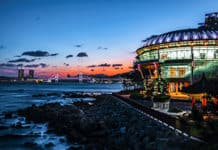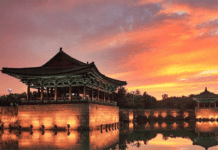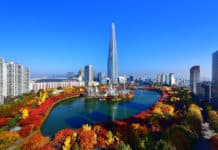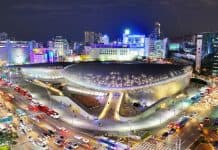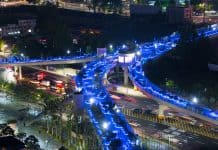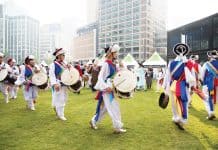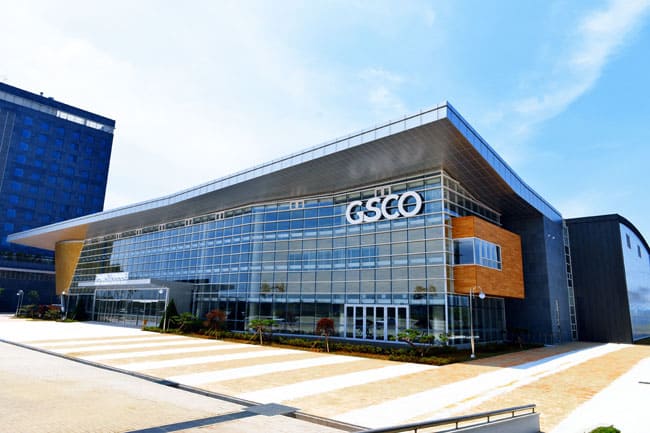
By Lane Nieset
Fifty or sixty years ago, Gunsan was a thriving port town on the western coast of Korea, but today the city is becoming known as more than one of the most beautiful spots in the country. Thanks to its rich culture and cuisine—as well as a new convention center and 183-room, four-star Best Western business hotel just next door—Gunsan is transforming into a hub for the MICE market not only in Korea, but also around the globe.
“In Gunsan, visitors can see well-preserved traditional Korean lifestyle, such as the largest Korean Tradition Village (Jeonju) near here,” says Trudy Baek, assistant manager, MICE Business Team, Gunsan Saemangeum Convention Center (GSCO). “Gunsan is a central city for modern history where there still remains an old view of Gunsan, along with the most modern cultural heritage in Korea.”
The convention center, which opened in July 2014, has a total of 19,644 sf, divided into two convention halls for a maximum capacity of 2,000, and nine meeting rooms spread throughout the second floor, holding 15 to 80 people. The annex building, which has four meeting rooms, also has plans for a renovation in August and will add nine new rooms holding up to 250.
In December, the Korea Tourism Association chose to highlight Gunsan and its new facilities by hosting the 2014 Korea MICE Conference & Awards at GSCO, bringing together attendees from around the country to see what the destination has to offer.
Located near the Saemangeum Seawall, the largest and longest seawall in the world, Gunsan is known as “a port city where Geumgang and the West Sea merge into each other and is a strategic location for sea trade as it acts as a gateway to the West Sea,” Baek explains.
“Gunsan has natural beauty like most places in Asian, however, its is a one-of-a-kind city due to its various tourist attractions and amazing local cuisine.”
Part of the North Jeolla Province, or Jeollabuk-do, the area is famous for its traditional Korean fare like bibimbap, a rice bowl topped with vegetables, a raw egg, and sliced meat, that’s all mixed together; japchae, stir-fried sweet potato noodles with vegetables; and bulgogi, marinated grilled beef. Attendees can experience these dishes at the nearby Jeonju Hanok Village, a traditional-style Korean village located just an hour away, declared one of UNESCO’s Creative Cities for Gastronomy thanks to this traditional style of cooking.
Since Gunsan extends from downtown to the Gogunsan Archipelago, the region is full of opportunities for attendees to take in the stunning natural backdrop. Seonyudo is one of the best-known islands in the archipelago, and visitors can go island hopping from there across the bridges linking the Munyeodo, Jangjado and Daejangdo islands, as well as take a sightseeing cruise. Those interested in experiencing a taste of Korea’s famous medical tourism can visit the Jinan Red Ginseng Spa, which uses herb therapy and red ginseng in treatments, and also has stunning views of Mt. Maisan from the outdoor open-air tub.
“The no. 1 attraction for the U.S. MICE market [to Korea] is the traditional assets, like the cuisine, the history,” said Minhong Min, Executive Director, Korea MICE Bureau, when we met during the 2014 Korea MICE Conference. While Gunsan and the Jeollabuk-do combine these two qualities, one of the best ways for visitors to experience the area’s culture is during the local festivals in the spring and fall, which just so happen to coincide with convention season.



